How to Organize Old Family Photos Without Losing Your Mind
Let’s see by a show of hands how many have at least one box crammed full of old family photographs out in the garage, up in the attic, or down in the basement. Look at that. Hands going up all over the room.
I’m guessing that anyone over the age of 20 knows what I’m talking about. Old family photos. Most of us have boxes filled with modern color prints capturing every moment of our immediate family history. Or even an old trunk filled with photos of ancestors known only from their venerable photographs. But that’s not all.
Boxed-up life events and family history are likely even more precious today than they were decades ago. We’re not sure what to do with all of these photos but we’re not about to get rid of them, either. So mostly we do nothing. Maybe it’s time to stop doing nothing.
Dear Mary: I have a large trunk full of family photos dating from the early 1900s. How would you organize these? By dates? By persons? I am the only one left who is old enough to remember all of these people, but I think my children and descendants will be interested. It seems quite a task, and I don’t really know how to start. Thanks, Sue
Dear Sue: Start by getting a number of archival quality, acid-free photo-storage boxes. You can find photo-storage boxes at stores like Joann, Michaels, and Amazon. Pioneer is a well-known brand of acid-free photo boxes that come with metal identification plates and index cards, but there are others. Just make sure the boxes you get are clearly marked as “acid-free.” This will slow down or even halt further deterioration of the paper on which these photos were printed.
Photo boxes
Nice photo boxes come in a variety of colors and stack easily, making it convenient for others to enjoy the photos, too. To me, acid-free photo-storage boxes are so much better than traditional photo albums. They help protect your loose pictures from the damage that can be caused by light, as well as the harmful chemicals found in developing envelopes, older photo albums, and cardboard shoe boxes. Stay away from plastic storage containers as these can trap moisture, which is a big photo no-no.
Sort chronologically
Start by sorting the photos chronologically. Any other sorting option is just too confusing and crazy-making. Think big picture by dividing first into two piles according to century. Next, sort each pile by decade—even if that requires a wild guess—and so on until you have them in general order.
Sort directly into your photo boxes if possible, removing pictures from developing envelopes and plastic bags, and keeping the negatives, if any, with the photographs. They will be helpful in the next step. Take the time now to toss any duplicate prints and blurry shots.
If you don’t know the exact dates of pictures, you can often find clues such as printer codes on the backs of the pictures or even the hairstyles of the people in the photo.
Index with dividers
Some photo boxes come with Index Cards that can divide photos by date, individuals in the photos, etc. These will significantly help in this sorting process.
Don’t worry if your chronological sorting isn’t perfect. Just getting the photos into order, where they are right side up and facing the same way will give you a wonderful feeling of accomplishment. You can always tweak the order later, which is the beauty and benefit of photo-storage boxes over albums. You may decide to make these boxes your permanent storage method of choice.
Consider digitizing
You may want to consider scanning the photos at some point to create a permanent digital record. Once they’re in proper storage boxes with index cards, it’s easy to lift out a small section, scan, and then return them in the same order as you took them from the box.
If you need a good, inexpensive scanner, consider this Epson Flatbed Scanner. It’s simple to set up, simple to use, and capable of producing great scans right out of the box. And the price is right.
Once scanned, adding your notes and stories to document these images for future generations is easy.
Use a service
If you’ve been on this planet for more than a couple of decades, you probably have boxes of 35mm slides, negatives in addition to piles of photo prints collecting dust in your back closet. Another option for digitizing your print photos, you can ship them off to an online scanning service. Starting at around $.30 or more per photo, you can let someone else transform those inaccessible memories into digital images you can share and enjoy as if they were taken yesterday.
Hire a professional
If organizing all your photographs seems too overwhelming or time-consuming, you might want to consider hiring a personal photo organizer. You can find one near you through ThePhotoManagers.com I was delighted to discover that one member lives right in my neighborhood.
First published: 5-7-20; Revised & Updated 2-27-23
Everyday Cheapskate participates in the Amazon Services LLC Associates Program, an affiliate advertising program designed to provide a means for us to earn fees by linking to Amazon affiliated sites.
More from Everyday Cheapskate
Please keep your comments positive, encouraging, helpful, brief,
and on-topic in keeping with EC Commenting Guidelines
Last update on 2024-04-23 / Affiliate links / Images from Amazon Product Advertising API

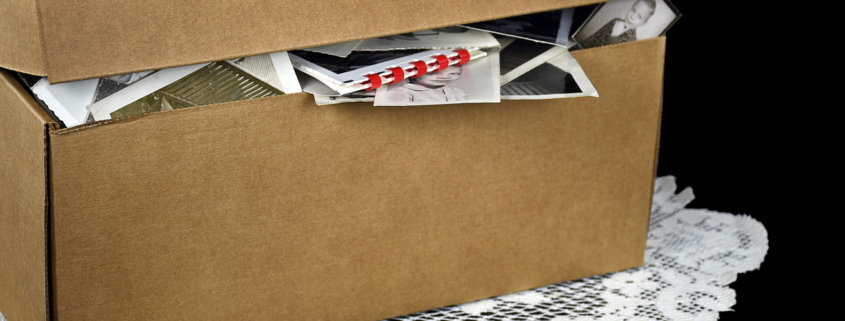


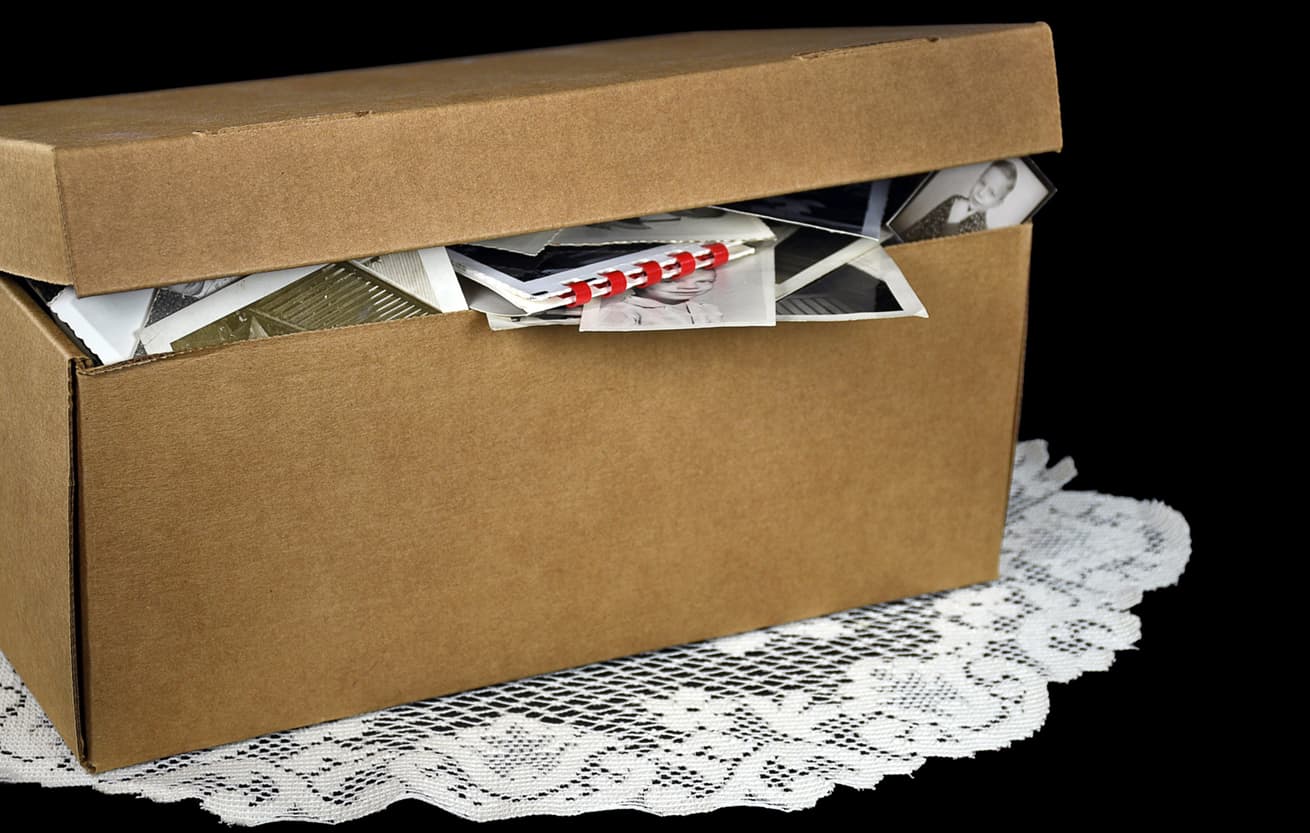

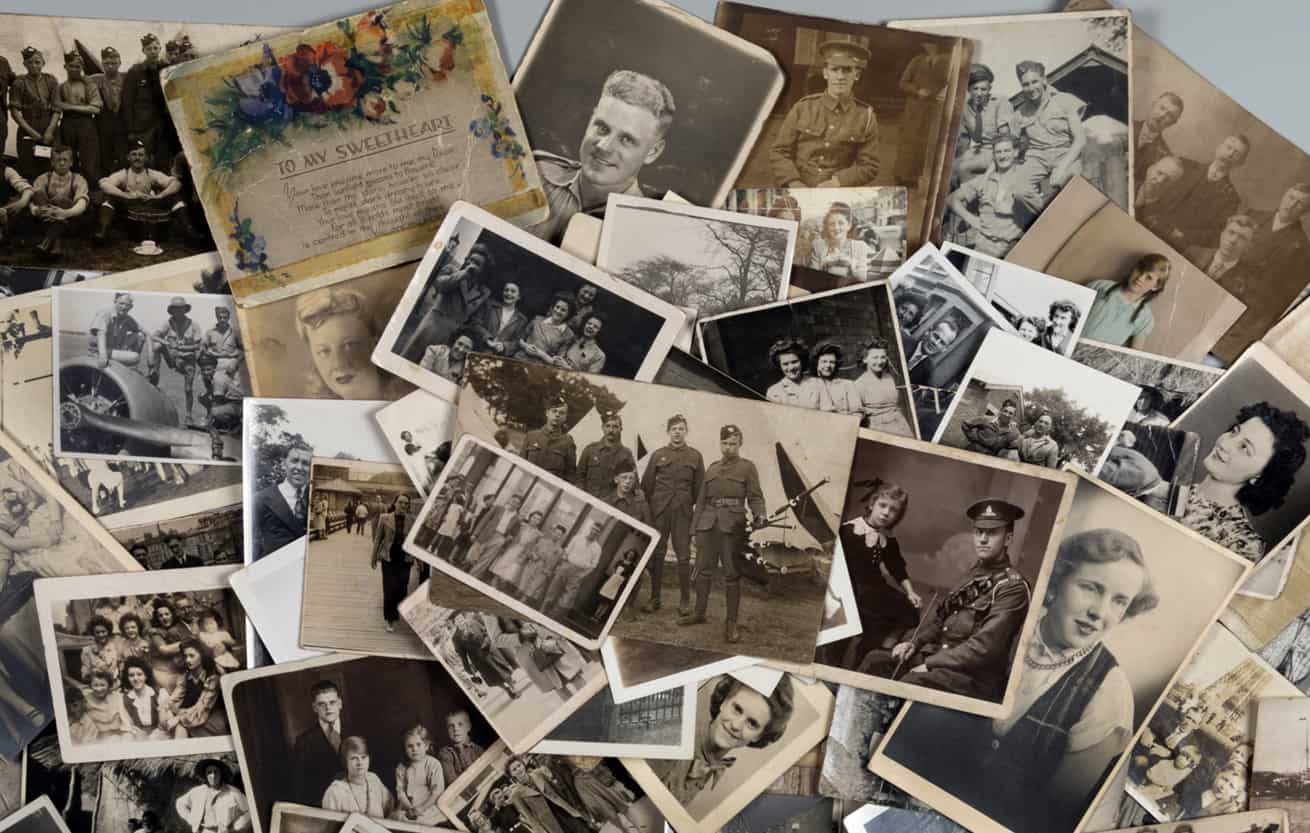
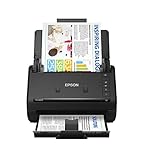


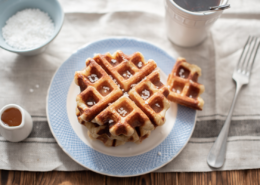

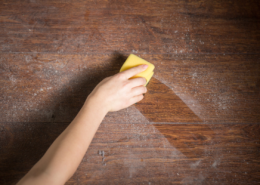



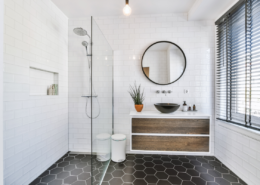



I’m wondering if a flatbed scanner would be better than a “feeder” type? What if the photos aren’t completely flat, or intact and get stuck or torn? Thoughts from those who have tackled the scanning?
Everyone is always talking about digitizing to save space, etc. and I have digitized a ton of old photos, negatives, etc. but I hate to say that the physical photos that everyone seems to be so quick to throw away are probably going to outlast all these digital files. The way technology changes so quickly…will people 125 years from now have the right technology to view these digital photos? The right hardware AND software? Maybe. I have quite a few prints of family photos that are 100+ years old. I have scanned them and done some restoration work on them, but I am keeping the original prints. There is no way I would consider throwing them out. In fact, for some which I have done quite a bit of restoration work on, I actually ordered new prints of the restored versions. Those new prints will probably outlast the scans I made of the originals. I say all this to say, if they’re important to you, please don’t think that the best thing to do is digitize and throw the originals away to save space. And please do not buy into the myth that digital is forever. Hollywood movie studios shoot most of their movies digitally now instead of on film…but they still make film negatives from the digital masters for long-term storage. Think about that.
Consider donating photos to your local museum-or wherever the photos are relevant. As a small museum curator it is always wonderful to get photos of local events and people from the area. Documents as well!!
This seems to be a common problem for all of us.
Our problem seems to have gone away. The boxes of photos was damaged by water and most of the pictures are stuck together and not usable.
While I am sad about this, it sure made getting rid of them easier!
I have boxes and boxes of photos. I do not know the dates of most of them. So, chronological order is extremely difficult if not impossible. Does anyone have suggestions on a different manner of organization?
Could you estimate given hair and fashion styles? Is it critical for you that your photos be in chronological order? How about organizing by family groups or even by location.
I have a huge bag full of negatives. I want to do something with them, but have no idea what to do!
This oversimplifies the range of the problem. The boxes I have waiting for me are nearing nightmare status. My great, great Aunt passed her family photos and papers to my dad (he listed names she told him, thankfully). Then I got my box of my grandma’s old photos and family papers, and since that was not enough I had someone find me from ancestry and send me a box of old family papers from a great Aunt (they had found them many years ago at an estate sale I think). And last but not least my husband’s dad passed on his collection of old photos. So have a multiple branches that go back well over 100 years. Not just photos but a book, journals, letters, handbills for plays, travel itineraries, old valentines day cards, research proposals. There are many duplicate photos (they had been given out to several family members and have now all ended up landing in the same place. I have come to the conclusion that my ancestors were pack rats of odd mementos. I hate to throw away hundred year old papers but not sure I want to keep all that stuff either. I have many times taken a box out and started to try to decide how to bring some order to the piles within only to freak out after a couple hours and pack it all back up. While timeline is one way to sort I don’t really want to mash all the family lines together. Would you take apart the photo albums and mix the pictures up into chronological order? (they go back to the 1800s)